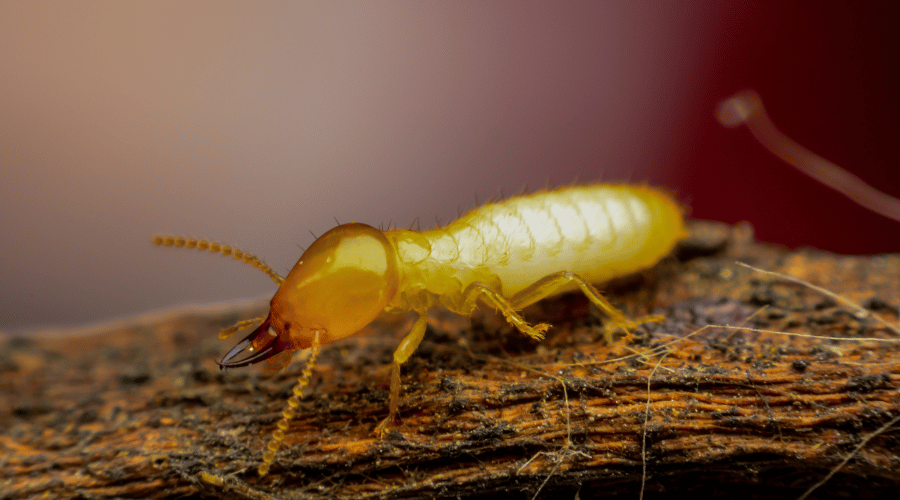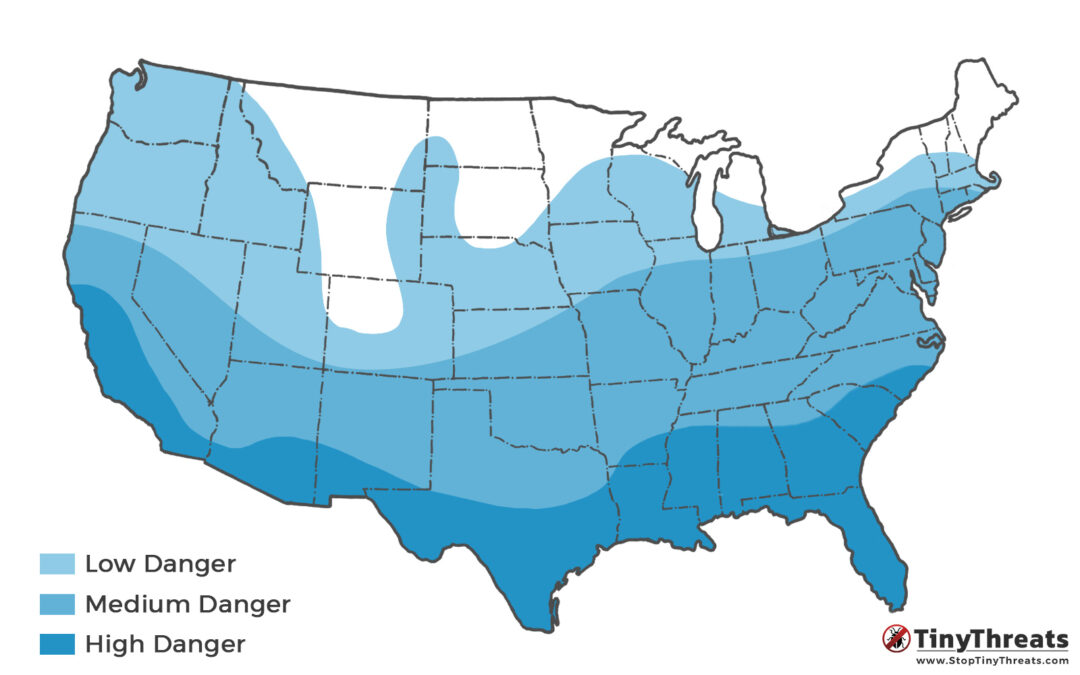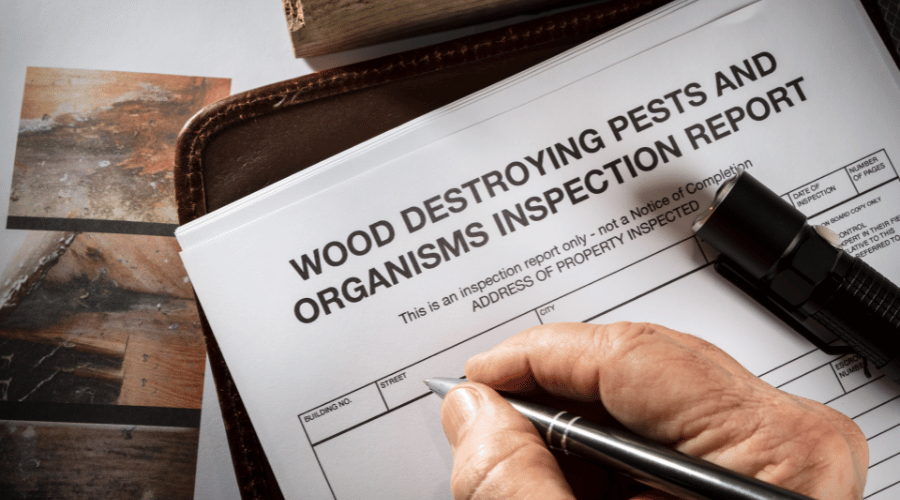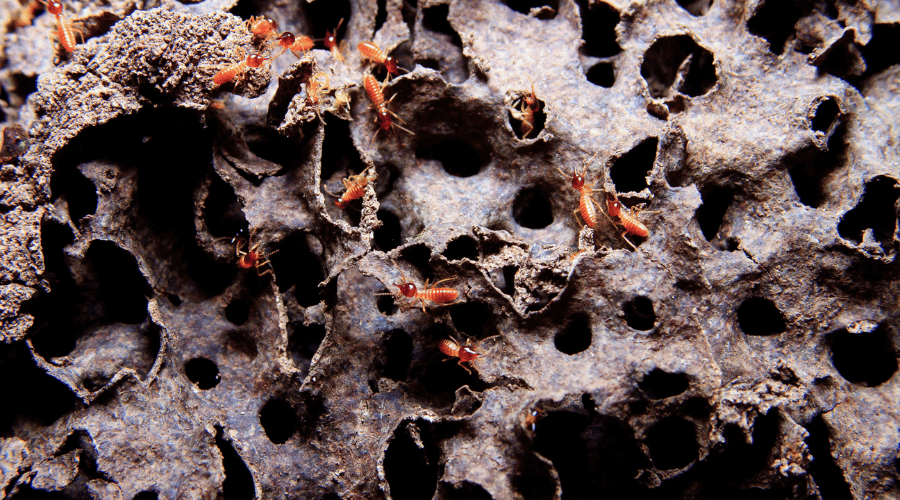Termites are one of the most destructive pests in the world, causing billions of dollars in damages each year. But what do you know about the life in their colony?
Understanding the termite lifecycle is key to controlling these wood-eating insects and preventing an infestation.
In this article, we’ll look at the stages termites go through from eggs to workers, soldiers, and queens. We’ll explore what happens during each stage, and why it’s vital for homeowners and pest control professionals alike to understand termite behavior.
By learning about termite lifecycle stages, you can better protect your home or business from costly damage caused by termites. So let’s dive in!
Table of Contents
Termite Lifecycle Overview
Termites start their life as eggs – laid by the queen or secondary reproductives.
After about 3-4 weeks, the eggs hatch into termite nymphs.
For the next few weeks, these nymphs molt repeatedly until they become fully grown adult termites – and develop into one of the three/four castes.
The average lifespan of a worker termite is just one to two years, but queens can live for around 20 years – some even up to 35 years.
Eggs
Termites have an intricate and fascinating lifecycle, and their eggs play a key role in the process.
The termite queen and secondary reproductives are responsible for laying eggs, which are then taken to incubation chambers by workers.
Depending on the size of the colony, between a few and hundreds of termite eggs can be produced every day.
These termite eggs will eventually hatch into larvae that will grow into nymphs before finally maturing into full-grown termites. Thus, termite eggs form an integral part of this insect’s life cycle and play an important role in keeping their colonies alive.
Destroying all eggs in a termite colony is not as critical to wiping out the infestation as it is with other household pests.
Nymphs – “Baby Termites”
Termite hatchlings, known as nymphs, are the second stage in the termite life cycle. Nymphs hatch from eggs laid by termite queens and measure a mere 0.1 inches long at first.
In the beginning, termite nymphs are still being fed by adult workers, as their jaws are not yet strong enough to bite into and chew wood.
As they mature, termite nymphs moult a number of times to grow larger. During each molt, they shed their old exoskeleton and grow a new, bigger one.
Eventually they reach adulthood after molting five or six times over the course of several months.
Once termite nymphs have matured into adults, they are then divided into three distinct roles: workers, soldiers and various reproductives.
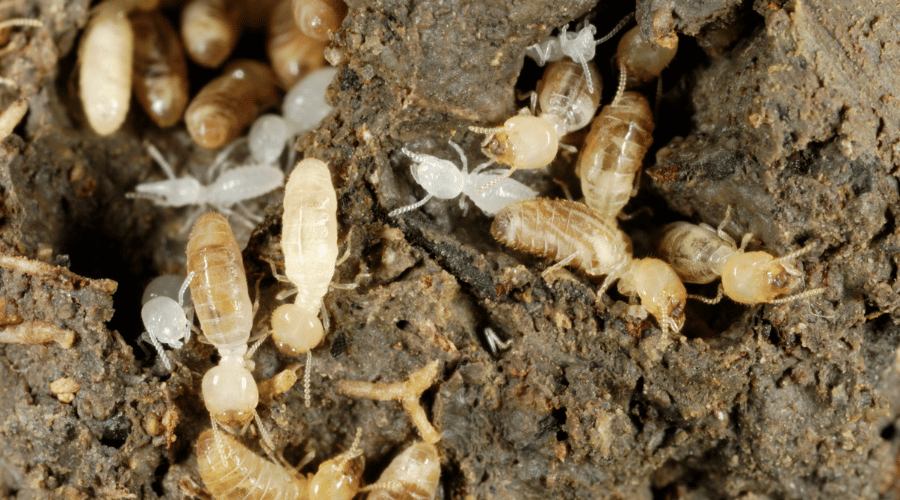
Adult Termites – Larvae
Most “adult” termites are called larvae – which may sound confusing at first. However, most termites never reach sexual maturity and will never be able to reproduce, which is why they may still be considered larvae.
There are four types of termites that these larvae might become:
Workers
Workers termites are responsible for gathering food and building the termite colony. They also take care of and bring food to their queen, eggs, and nymphs.
Soldiers
Soldiers provide defense of the termite colony from predators, such as ants. They have large jaws and enlarged heads, which serves to protect termite workers from attack.
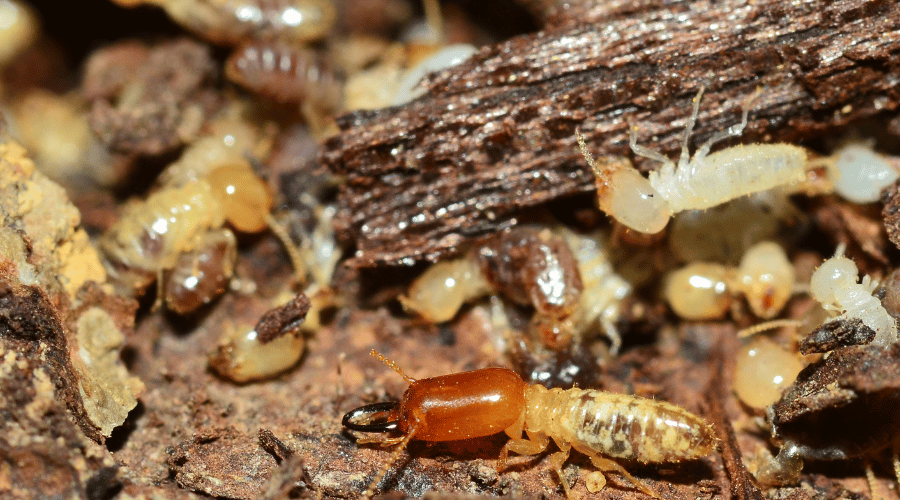
Swarmers
Termite swarmers – called Alates – are the winged termites that leave their parent colony in search of a new home during swarm season. They typically swarm in the spring and summer months, but some species swarm as late as November. Alates that find a suitable location dig into the wood and start a new colony as a pair or couple – one becomes the queen, the other the king.
Secondary reproductives
Finally, some larvae evolve into secondary reproductives – these are essentially “mini queens” that also produce eggs. This only happens once the colony is well-established and large enough to support that many eggs.
Reproduction
Termite reproduction is quite simple: The king and queen mate and the queen lays eggs – every single day, for up to twenty years.
Of course, like any other queen, there are always plenty of termite workers taking care of their queen and providing food as well as taking care of the eggs.
Once the colony has grown far enough, the queen may stop emitting certain pheromones that inhibit the growth of more queens. This leads to a few “secondary queens” that also produce eggs.
While there are wild claims of termite queens laying up to 30,000 eggs per day, these numbers are mostly wrong – on average, termite colonies will only get about 20-1,000 eggs per day, depending on their size.

